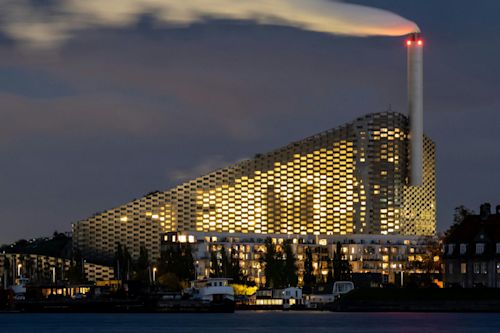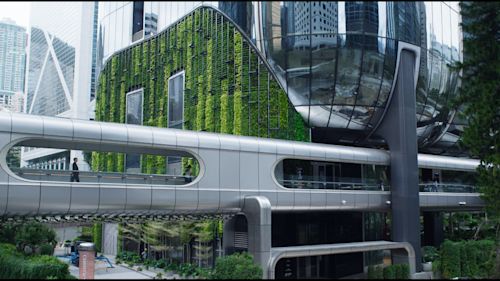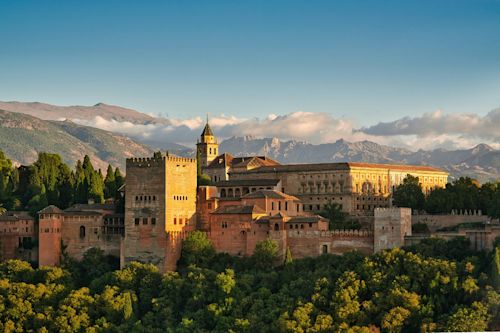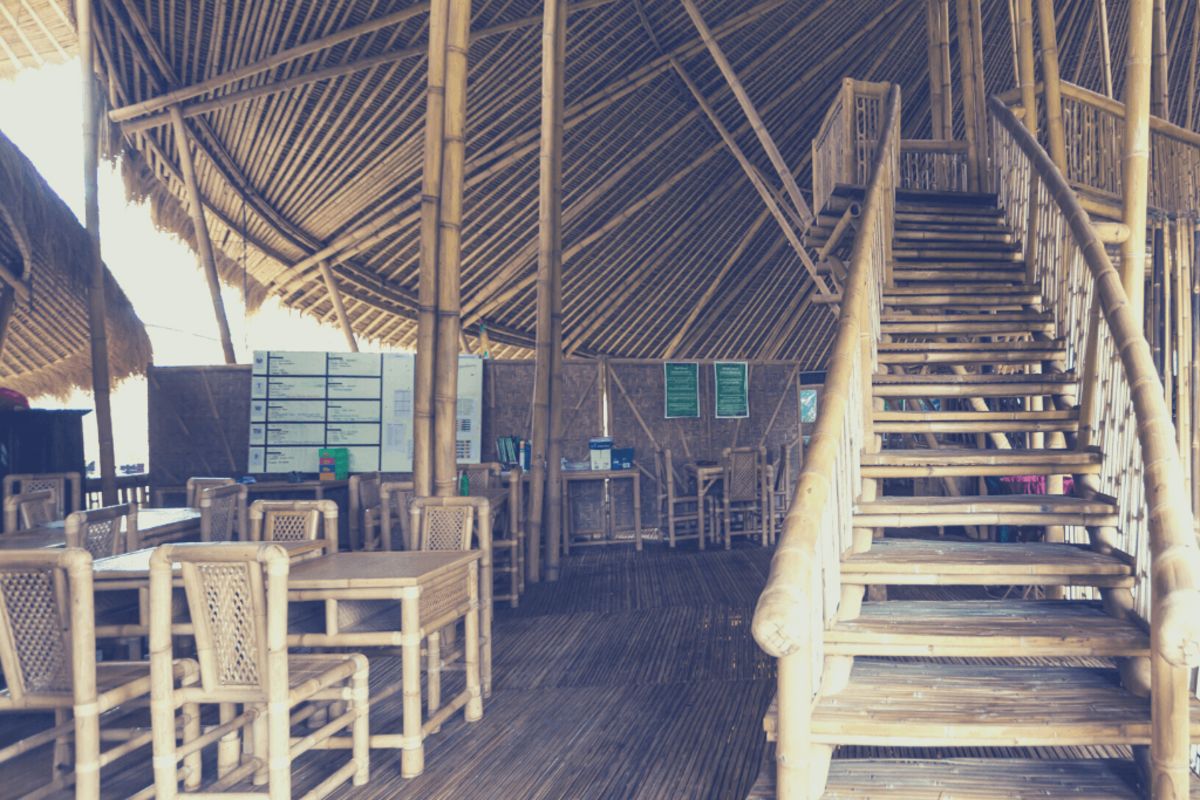
Choosing a school for one’s child is one of the most delicate decisions for millions of parents around the world. The cost, quality, reputation, and location of the school are the most important factors that influence their choice.
However, thanks to the accelerated awareness of the climate crisis, more and more parents are considering a new selection criterion
Green schools are not only more respectful of our planet, they also create better learning environments and happier students. According to the Green School Alliance, sustainable schools improve the health of students and staff, reduce absenteeism, and also allow institutions to save thousands of dollars each year and improve students’ academic achievement.
In this article, we present to you the five best green schools in the world. From a humble primary school in Kenya to a high-tech educational institution in the United States, these schools integrate various solutions that offer invaluable benefits to our societies.
Green School (Indonesia)
Nestled among tall palm trees in the lush nature of Bali, the Green School is an architectural marvel in the middle of the jungle. The campus, made of bamboo and organic shapes, was built by the Canadian company IBUKU. The site is opening new campuses in other countries and has already trained young activists, UN speakers, and rock stars thanks to its cutting-edge teaching methods.
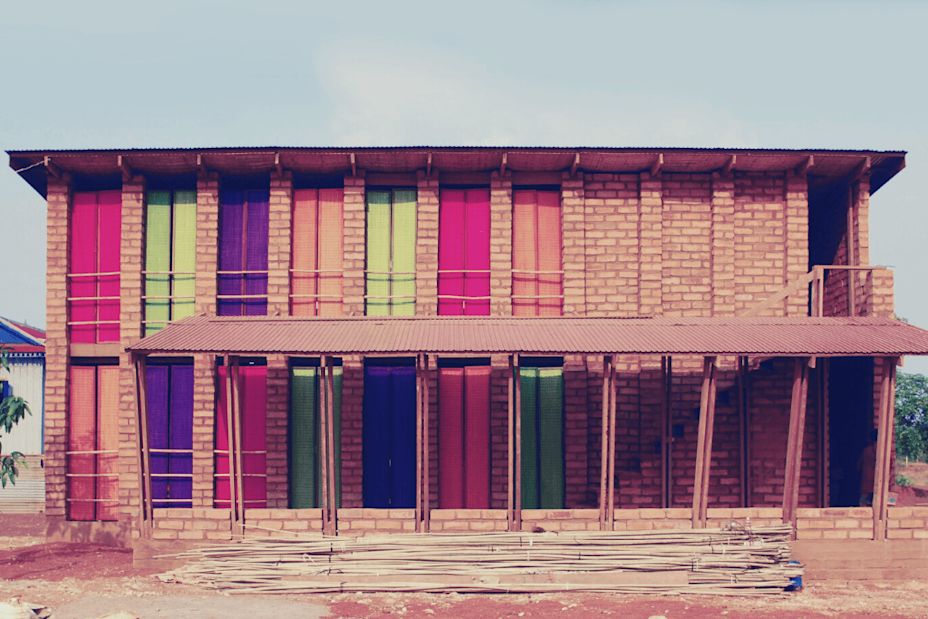
Sra Pou Vocational Institute (Cambodia) Image from www.archilovers.com
Sra Pou Vocational Institute (Cambodia)
Sra Pou is one of the poorest villages in Cambodia: most of the inhabitants were expelled from their homes in the city and had to settle in the surrounding countryside.
The Sra Pou Vocational Institute is the result of the efforts of the community and the Finnish architectural firm Rudanko + Kankkunen. The institute is built with handmade sun-dried bricks, using local earth, and features colorful shutters and patterns in the walls that create a play of shadow and light.
The construction cost was $15,000. The process also involved the villagers, who learned the techniques to build their own houses in the near future.
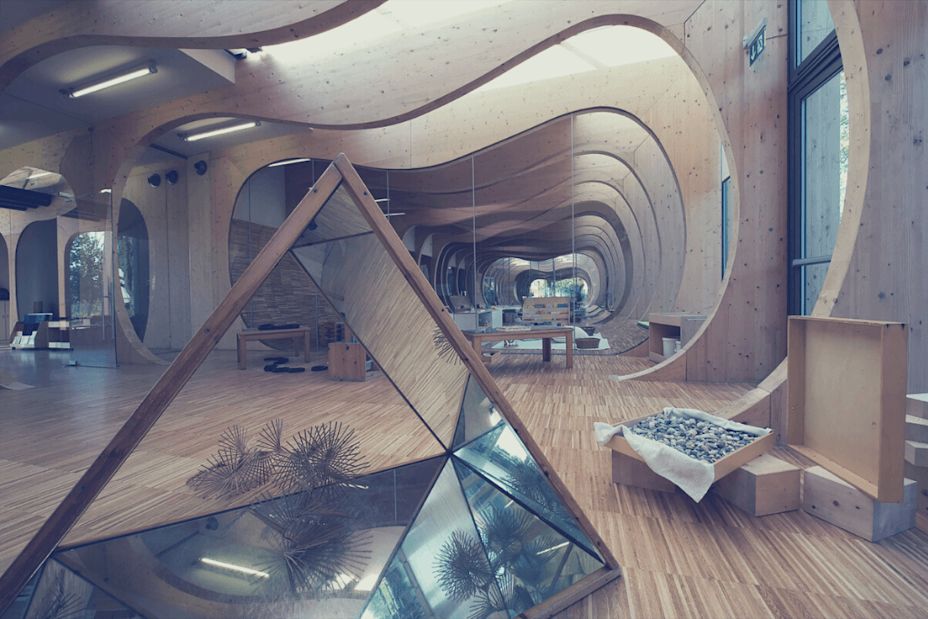
Guastalla Nursery School (Italy) Image from www.archdaily.com
Guastalla Nursery School (Italy)
Designed by Mario Cucinella Architects in 2015 in Guastalla, in northern Italy, this structure replaced a building damaged during the earthquakes that struck the region in 2012.
The institute, which welcomes up to 120 children from 0 to 3 years old, resembles the skeleton of a whale. Natural and recycled materials with low environmental impact and its sinuous design characterize a structure designed to stimulate children’s interaction. In the nursery school, everything is in dialogue with the outside world, thanks to the large windows that capture the light and become an opportunity for sensory experiences.
The design of a nursery and kindergarten requires a dialogue between different disciplines: architecture, pedagogy, psychology, and anthropology. The quality of the spaces depends on the interaction of these disciplines.
Mario Cucinella
Manassas Park Elementary School (USA)
The elementary schools of Manassas Park, a small town in the state of Virginia, were selected as the best example of sustainable architecture by the American Institute of Architects. Its designers, VMDO Architects, believed that “one cannot expect people, especially children, to preserve or protect something they do not understand.” The features of the bioclimatic design allow the school to interact with water, produce clean energy, and maximize interaction with the nearby oak forest.
The technology used in this school, LEED certified, allows students and staff to monitor in real time the building’s performance data thanks to a dashboard or “green screen” located in the school’s main atrium.
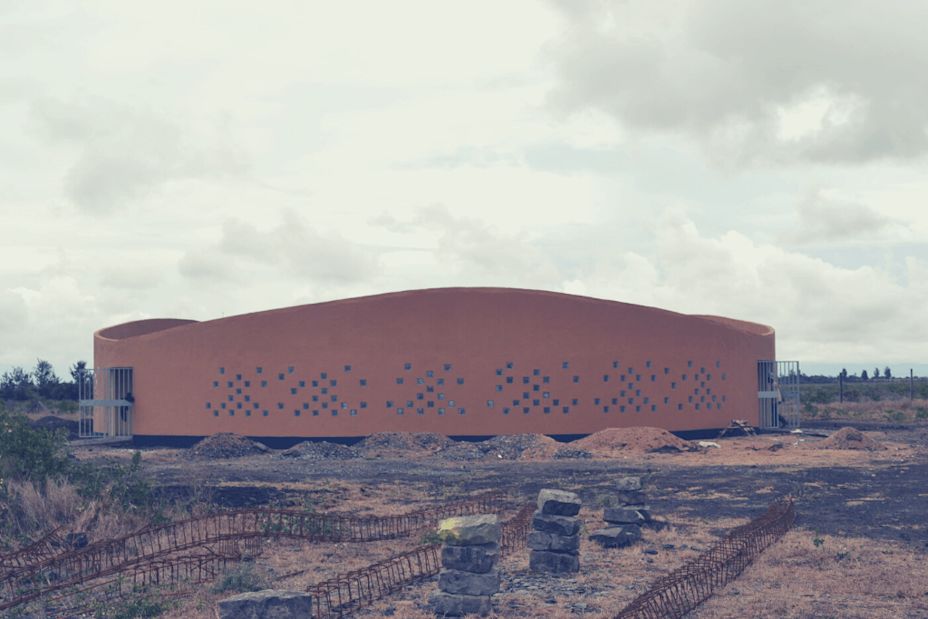
Uaso Nyiro Primary School Image from www.archdaily.com
Uaso Nyiro Primary School (Kenya)
Built in 2012 by British architects Jane Harrison and David Turnbull, Uaso Nyiro Primary School is located in the central highlands of Kenya. In 2013, it was designated as the greenest school in the world.
The site was built with local materials and labor. In addition, the school serves as a water bank, collecting 360,000 liters of rainwater per year for the local community. In East Africa and beyond, access to drinking water is crucial for peace, gender equality, health, and economic prospects.
Rachel Gutter, former director of the Center for Green Schools at the US Green Building Council, said: “
Thanks to its efforts, the school ensures that its students and their families have clean water to drink and healthy food to eat. This is the true heart of sustainability: ensuring that we, our children, and our children’s grandparents can have what they really need, not only to survive but also to thrive.”
Schools as prototypes for a sustainable future
“I don’t remember a single thing from my childhood that wasn’t related in one way or another to building,” said Renzo Piano, the famous Italian architect and senator.
Given that students spend a large part of their lives in a school, there is no doubt that school buildings leave an important mark on all of us. They are fundamental in shaping the character and attitude of children towards life, the future, and our planet.

